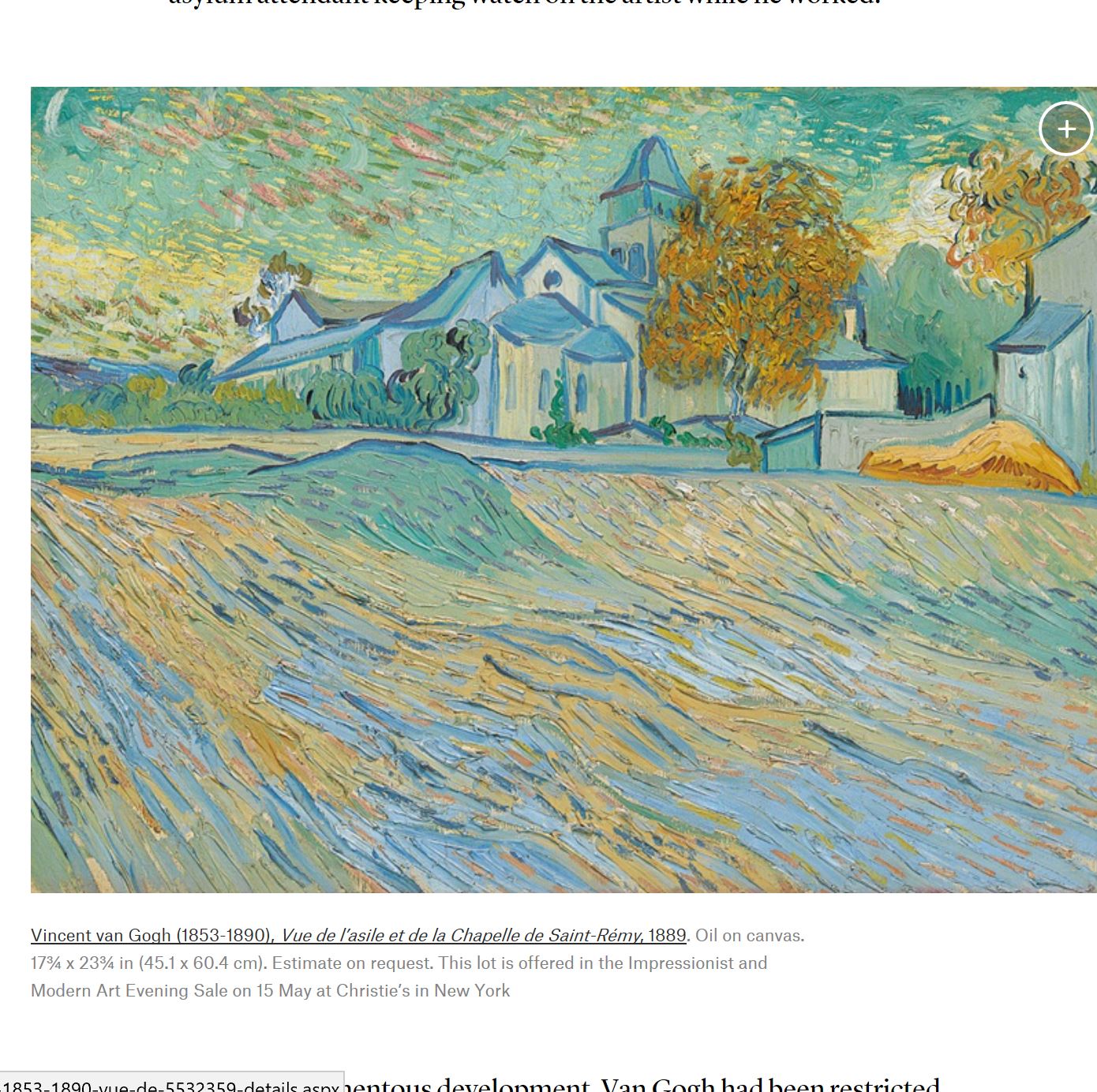(Germany’s highest court issued a much-anticipated ruling on a challenge by a collector to the listing of his painting in the so-called Lost Art database in Magdeburg, Germany. The Bundesgerichtshof (BGH) ruled that the listing will not be deleted where “based on true facts.” The ruling underscores the informative, rather than legal, nature of the database, which describes itself as documenting “cultural property that was either demonstrably seized from their owners between 1933 and 1945 as a result of Nazi persecution, or for which such a seizure cannot be ruled out.” Insofar as the case just decided involves a well-known victim of Nazi-persecution, the clarification is a welcome and important one. As always in this area, however, the hard cases are harder. The case stopped short of resolving more nuanced cases, or addressing what recourse a collector might have in situations where a listing effectively makes a painting impossible to sell. Perhaps the best course would be to take heed of the way the court decided this case: the database is a critical tool of information, but a less useful one when it comes to sorting out legal rights.
German High Court Rules Painting Will Stay Listed in Nazi-Era Lost Art Provenance Database
Topics: Lost Art Database, Germany, Bundesgerichtshof, Van Gogh, Magdeburg, Nazi persecution, BGH, IFAR, Art Loss Register, A Tragic Fate, Girl from the Sabine Mountains, Francis Xavier Winterhalter, Vue de l'asile et de la Chapelle de Saint-Rémy, Elizabeth Taylor, German Lost Art Foundation, Calabrian Coast, Kalabrische Küste, Concordia University, Zentrum für Kulturgutverluste, ALR, Düsseldorf, Bettina Brückner
What About Margarethe Mauthner? Van Gogh Once Owned by Elizabeth Taylor Heads to Auction Again with Scant Mention of its Persecuted Former Owner
Since the passage in 2016 of the Holocaust Expropriated Art Recovery (HEAR) Act, many commenters (here included) have grappled with what the implications of the law will be on the scope and frequency of future claims. Even as litigants are faced with policy arguments about whether individual claims belong in U.S. courts—arguments that the HEAR Act should have put to rest—it is occasionally worthwhile to consider how prior cases would have been affected. Such analysis can draw into relief why the law was such a significant step forward. This week, news that a painting by Vincent Van Gogh once owned by Elizabeth Taylor will go to auction again provides one such example. A beautiful painting in the collection of the biggest movie star in the world makes for a great sales pitch, but missing in the coverage is any mention of Margarethe Mauthner, a German Jew who owned the painting before fleeing the Nazi regime. The exact circumstances under which she lost possession of the painting are unclear, but those circumstances might have had the chance to be determined had the HEAR Act been passed earlier. The importance of that opportunity is worth considering as the law is assessed going forward.
Topics: Margarethe Mauthner, Nazi-looted art, Van Gogh, Christie's, Holocaust Victims Redress Act, Sotheby's, Holocaust Expropriated Art Recovery Act, HEAR Act, A Tragic Fate, Vue de l'asile et de la Chapelle de Saint-Rémy, Alfred Wolf, Elizabeth Taylor, Paul Cassirer




